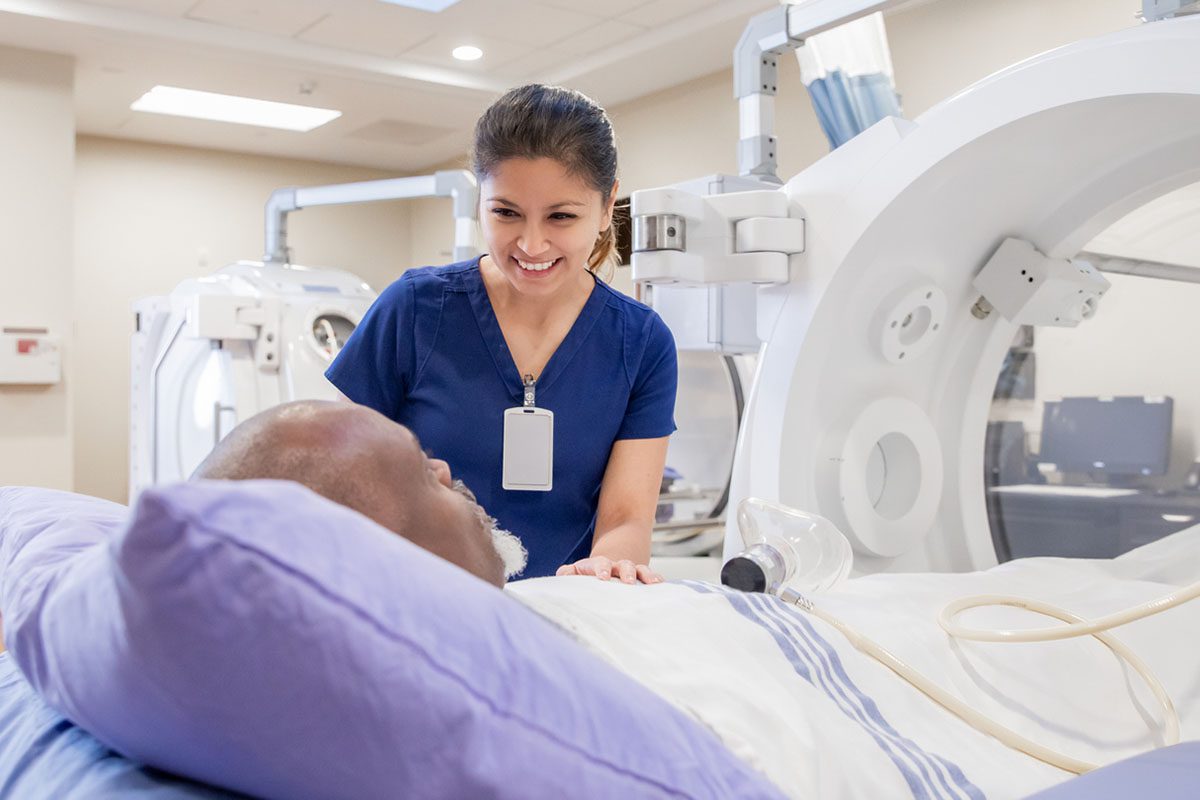Objective: This study addresses the extent to which DSM-IV and DSM-5 definitions of acute stress disorder (ASD) predict subsequent posttraumatic stress disorder (PTSD) and related psychiatric disorders following trauma.
Method: Patients with randomized admissions to 5 hospitals across Australia (N = 596) were assessed in hospital and reassessed for PTSD at 3 (n = 508), 12 (n = 426), 24 (n = 439), and 72 (n = 314) months using the Clinician-Administered PTSD Scale; DSM-IV definition of PTSD was used at each assessment, and DSM-5 definition was used at 72 months. The Mini-International Neuropsychiatric Interview (MINI) was used at each assessment to assess anxiety, mood, and substance use disorders.
Results: Forty-five patients (8%) met DSM-IV criteria, and 80 patients (14%) met DSM-5 criteria for ASD. PTSD was diagnosed in 93 patients (9%) at 3, 82 patients (10%) at 12, 100 patients (12%) at 24, and 26 patients (8%) at 72 months; 19 patients (6%) met DSM-5 criteria for PTSD at 72 months. Comparable proportions of those diagnosed with ASD developed PTSD using DSM-IV (3 months = 46%, 12 months = 39%, 24 months = 32%, and 72 months = 25%) and DSM-5 (43%, 42%, 33%, and 24%) ASD definitions. Sensitivity was improved for DSM-5 relative to DSM-IV for depression (0.18 vs 0.30), panic disorder (0.19 vs 0.41), agoraphobia (0.14 vs 0.40), social phobia (0.12 vs 0.44), specific phobia (0.24 vs 0.58), obsessive-compulsive disorder (0.17 vs 0.47), and generalized anxiety disorder (0.20 vs 0.47). More than half of participants with DSM-5-defined ASD had a subsequent disorder.
Conclusions: The DSM-5 criteria for ASD results in better identification of people who will subsequently develop PTSD or another psychiatric disorder relative to the DSM-IV criteria. Although prediction is modest, it suggests that the new ASD diagnosis can serve a useful function in acute trauma settings for triaging those who can benefit from either early intervention or subsequent monitoring.
Continue Reading...
Did you know members enjoy unlimited free PDF downloads as part of their subscription? Subscribe today for instant access to this article and our entire library in your preferred format. Alternatively, you can purchase the PDF of this article individually.
Please sign in or purchase this PDF for $40.00.
Save
Cite
Already a member? Login




